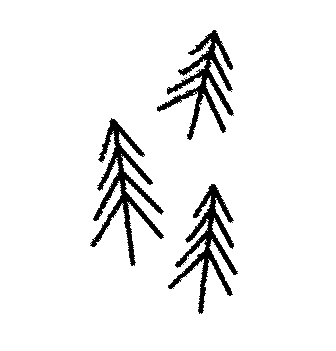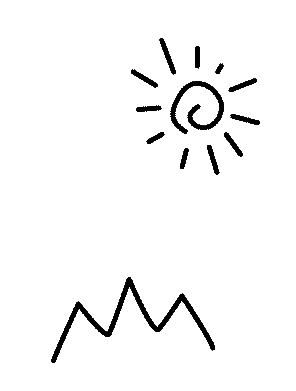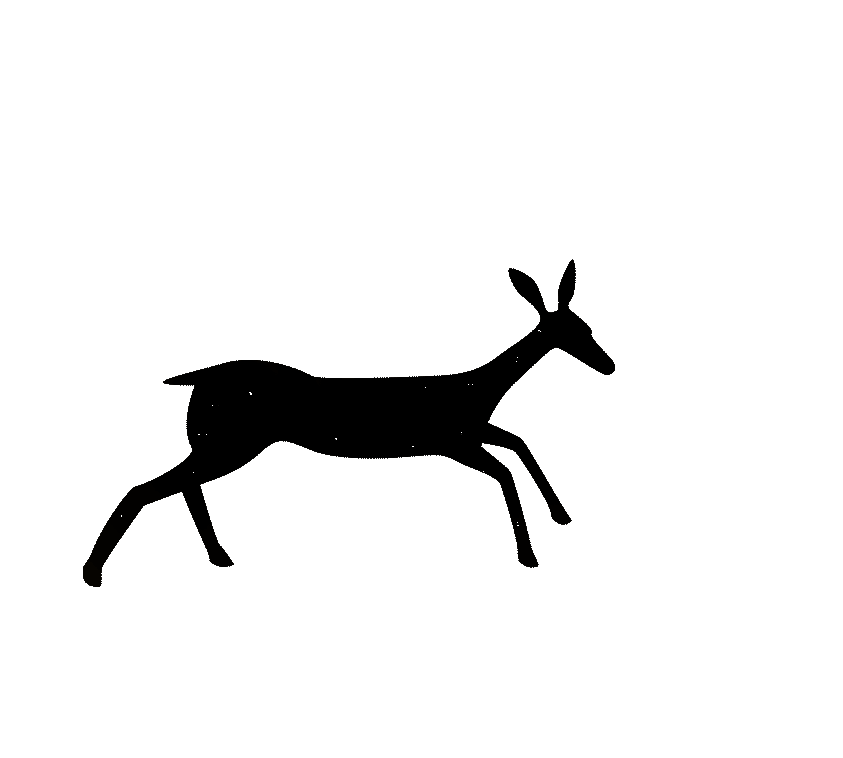
OXALATES
Oxalates are natural compounds produced by plants during photosynthesis. We also produce oxalates ourselves, as a waste product of metabolism.
Under a microscope they typically resemble needle-like structures with sharp edges.
Examples of human use for oxalic acid are as a cleaning/bleaching agent. It’s erosive nature can combat tough stains on metal, concrete and wood.

Evidence suggests that plants utilise oxalate as a weapon or defence mechanism: large numbers of cattle have died due to grazing on high oxalate plants; certain types of fungi secrete oxalic acid in order to infect their host, and some plants produce insoluble needle-shaped hairs of calcium oxalate sharp enough to puncture the skin of insects.

When the level of oxalate in the diet is reduced, the quantity within the bloodstream decreases. This is believed to trigger stores of oxalate within tissues, moving them around the body through the bloodstream, ready to be excreted in various ways. They can be excreted via the urine (kidneys,) stool (digestive tract,) mucus (lungs/respiratory tract,) tears (eyes, vitreous gel) and sweat/skin secretions. The process is commonly referred to as ‘dumping.’
It is recommended that oxalate in the diet is reduced slowly and carefully for this reason.




